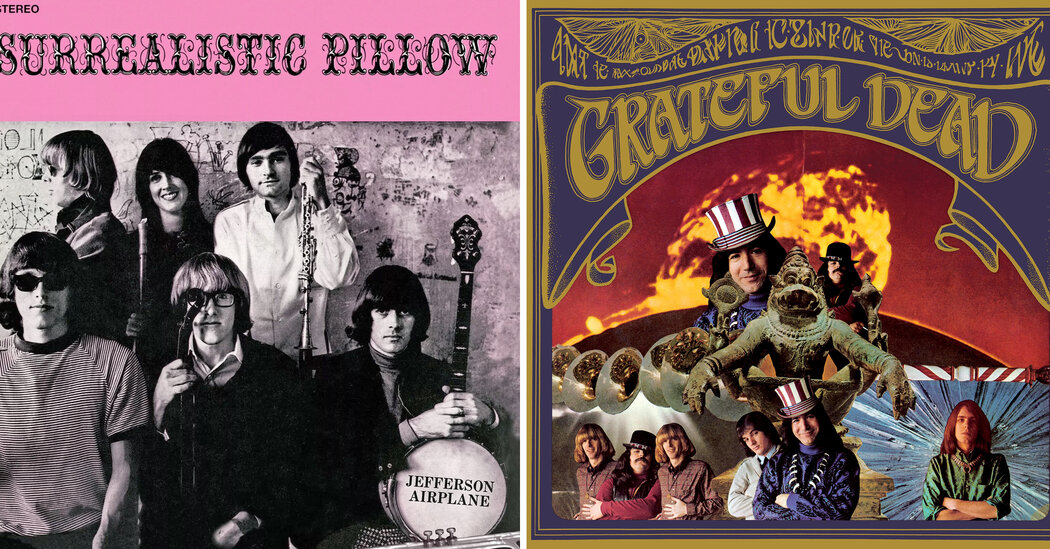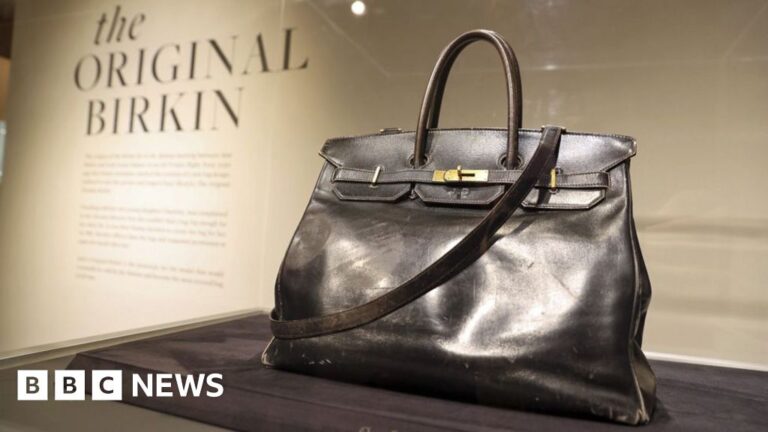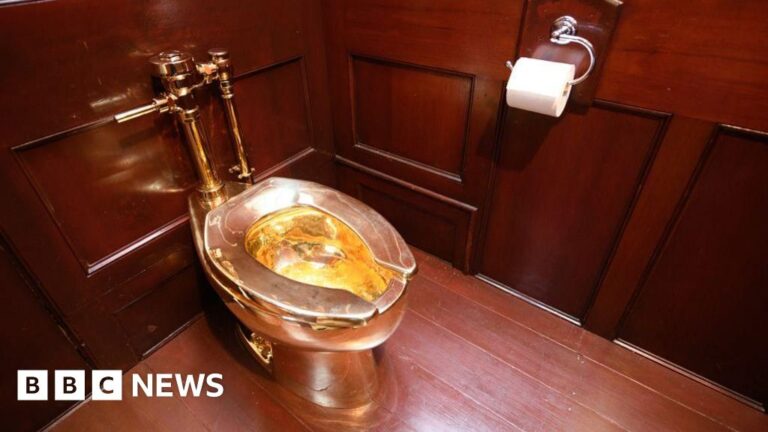Here is the result in plain text:
Herb Greene, whose evocative portraits of the Grateful Dead, Jefferson Airplane, Janis Joplin and others helped define the rock scene that emerged in San Francisco in the mid-1960s, died on March 3 at his home in Maynard, Mass. He was 82.
His wife, Ilze Greene, said the cause was pancreatic cancer.
Mr. Greene pursued music portraiture in his spare time while working for about a dozen years in the 1960s and ’70s as a fashion photographer for the Joseph Magnin department store and the men’s wear retailer Cable Car Clothiers.
Instead of photographing concerts, which did not interest him, he invited bands and musicians to studios in San Francisco and to his apartment, where some of them stood in front of a dining room wall filled with hieroglyphics drawn by a roommate with knowledge of Egyptology.
His pictures of the Dead include Jerry Garcia, the band’s leader, in a vest and tie, playing a banjo while seated on a stool, with a wall-sized American flag behind him; Ron McKernan, the Dead’s organist, known as Pigpen, striking a threatening pose in front of Mr. Garcia; and the band on the corner of Haight and Ashbury Streets, in the district known as a center of the hippie counterculture.
He worked with Led Zeppelin in January 1969, when the band had just released its first album and wanted publicity photos.
He didn’t give them much direction. These guys were on the road and really didn’t want to be there. I had 40 minutes, so I took individual portraits and a group shot.
During his session with Led Zeppelin, in a former theater, the Dead showed up unexpectedly. At one point, Pigpen took a .22-caliber revolver from its holster and started firing into the seats.
It absolutely freaked Zeppelin out. They didn’t pay me. They were just like, “Those Westerners and their guns.”
This is my best story. The day the Grateful Dead freaked out Led Zeppelin.
Some of Mr. Greene’s photographs were used on album covers. One of the best known was a group portrait of Jefferson Airplane that became the cover of the band’s second album, “Surrealistic Pillow” (1967), which included the hits “White Rabbit” and “Somebody to Love.”
Another picture from the same shoot showed the band’s singer Grace Slick, with her back to the hieroglyphic wall, giving the camera her right middle finger. Ms. Slick, who did not like to pose for pictures, made the gesture “because it’s a pose I can deal with.”
Unlike Ms. Slick, Janis Joplin smiled for Mr. Greene’s camera. In a shot taken during a walk with Mr. Greene in his neighborhood in San Francisco, she wore a top hat, a flower-print dress and a dark jacket.
Herb was interested in art while in high school. But when painting classes frustrated him, a teacher suggested that he shift to photography. He studied the subject at City College of San Francisco and then attended San Francisco State College (now University), where he studied anthropology but did not graduate.
Herb married Maruska Jiranek in 1964, an assistant to the rock impresario Bill Graham. After he and Ms. Jiranek divorced in 1981, Mr. Greene moved into a townhouse in San Francisco with a friend and her roommate, Ilze Kaneps, whom he married in 1983.
Herbert Bower Greene was born on April 3, 1942, in Indio, Calif., in the Coachella Valley. He grew up on his family’s pear orchard in Medford, Ore., and then in Yuba City, in Northern California. His father, John, worked for fruit-packing companies before buying the orchard. His mother, Lupe (Valencia) Greene, oversaw the home.
Some of Mr. Greene’s photographs at Olompali include revelers dancing, some of them naked, to the live music.
Almost a year later, in January 1967, Mr. Greene photographed the Human Be-In, the countercultural gathering attended by thousands at Golden Gate Park that came to be seen as a preview of the Summer of Love, which bloomed later that year in the Haight-Ashbury district.
Mr. Greene’s projects included his Grammy Award-nominated art direction of the Pointer Sisters’ 1974 album, “That’s a Plenty,” which had a back-cover photo of the quartet dressed as if they were going to church; the photo of Sly Stone seemingly leaping in the air on the cover of his 1975 album, “High on You”; the cover shot of seven pairs of eyes for the Dead’s 1987 album, “In the Dark”; and the inside portrait of Bob Dylan and members of the Dead for their 1989 live album, “Dylan & the Dead.”
Despite his immersion in the Dead, Mr. Greene said it was his 1968 studio photo of someone else — a young, soulful-looking Rod Stewart — that had the greatest hold on him.
There’s something about it. If I die and I gotta go to St. Peter, and I’ve gotta take one piece to get in, it would be that.
Source link




